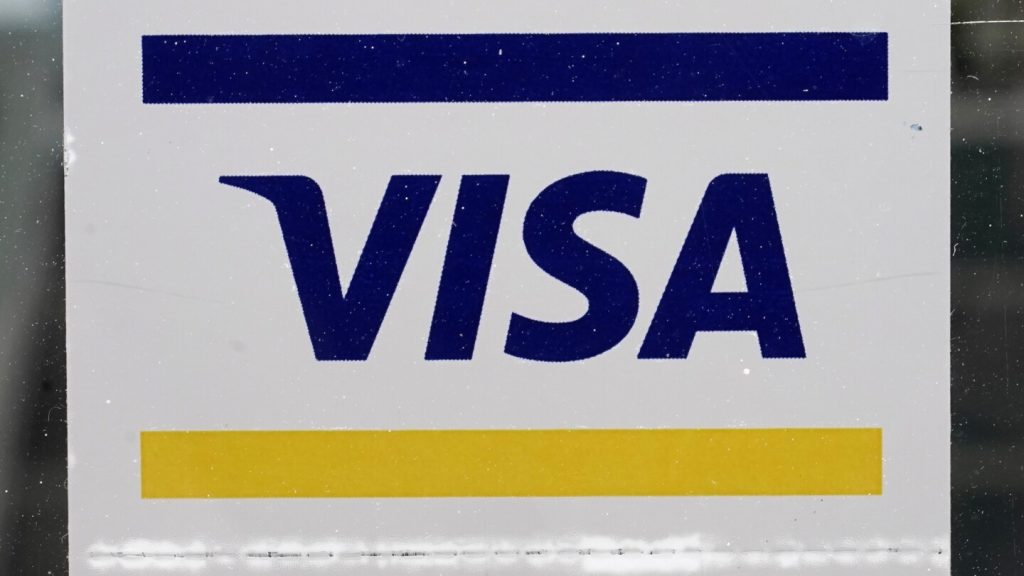The changes to Visa credit and debit cards in the U.S. will make physical cards less necessary and the printed 16-digit account number on the cards increasingly irrelevant. This shift is significant in the evolution of payment methods in the country and could potentially eliminate the need for consumers to manually enter their account numbers. The introduction of new features by Visa is a response to the changing landscape of payment options available to consumers, including buy now, pay later companies, peer-to-peer payment options, direct payments from banks, and digital payment systems like Apple Pay.
One of the major changes will be the ability for banks to issue one physical payment card that is connected to multiple bank accounts. This means that consumers will no longer have to carry multiple debit or credit cards from different banks in their wallets. Instead, they can set criteria with their bank to route specific purchases to either their debit or credit account, based on factors such as purchase amount or merchant. This feature, already in use in Asia, will be available in the U.S. this summer, with buy now, pay later company Affirm being the first to roll it out.
Visa’s new features are also aimed at addressing the increasing incidence of online payments fraud, which is more prevalent compared to in-person fraud. With billions of stolen credit and debit card numbers available to criminals, the company is taking steps to enhance security measures for online transactions. In response to innovations from non-payment companies like Apple Card, Visa is also introducing changes such as tap-to-pay features and biometric authorization for transactions. These updates reflect a future where traditional 16-digit account numbers on cards may become symbolic, as banks issue cards with advanced security features and enhanced user experiences.
The rollout of these new features will take time as they need to be implemented by banks, which are Visa’s customers and issue cards with the Visa label. While the features are designed to enhance security and convenience for consumers, banks will ultimately decide when and how to integrate them for their customers. The shift towards more streamlined and secure payment methods is driven by the evolving landscape of digital payments and the need for increased security measures to combat fraud. Visa’s advancements in payment technology reflect the company’s commitment to adapt to the changing needs and preferences of consumers in an increasingly digital world.
Overall, the changes to Visa credit and debit cards in the U.S. mark a significant advancement in payment technology that will redefine how consumers conduct transactions in the country. The move towards a single physical payment card connected to multiple accounts, enhanced security features, and new authentication methods reflects the industry’s response to growing digital payment options and the need for heightened security measures. As consumers continue to embrace alternative payment methods and digital wallets, Visa’s innovations aim to streamline the payment process and provide a more secure and convenient experience for users. These changes are set to revolutionize the way Americans make payments and could potentially eliminate the need for physical cards altogether in the future as digital payment methods become more prevalent.


